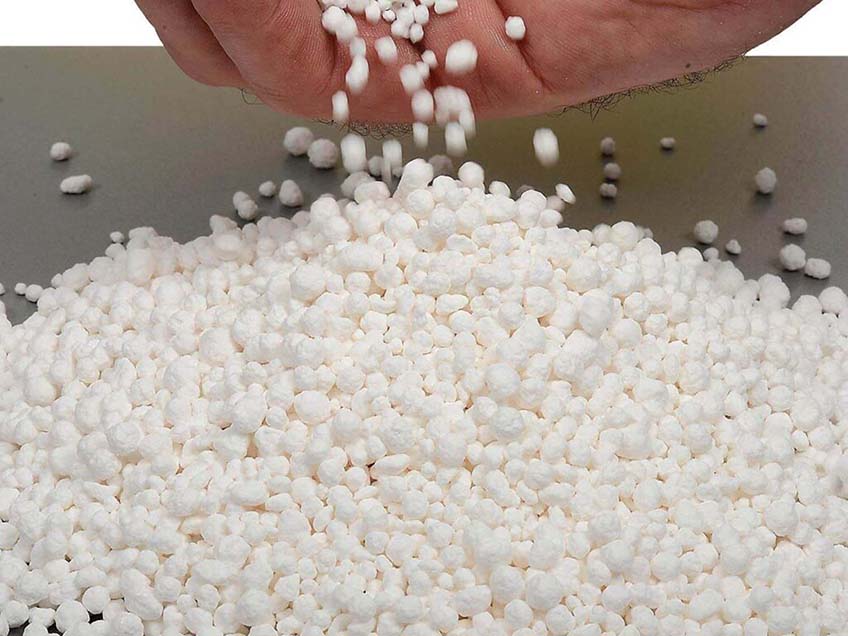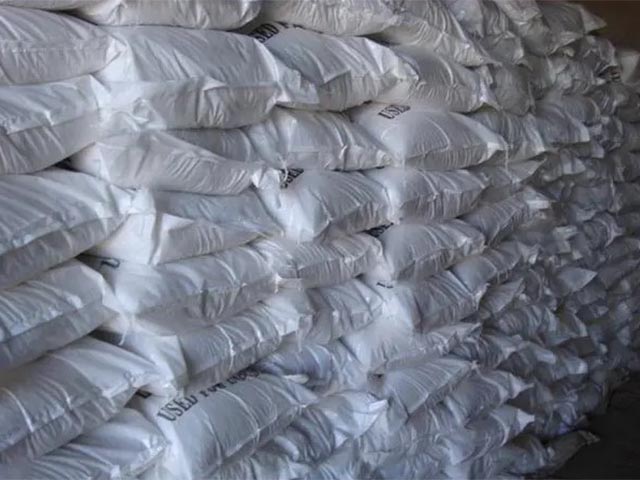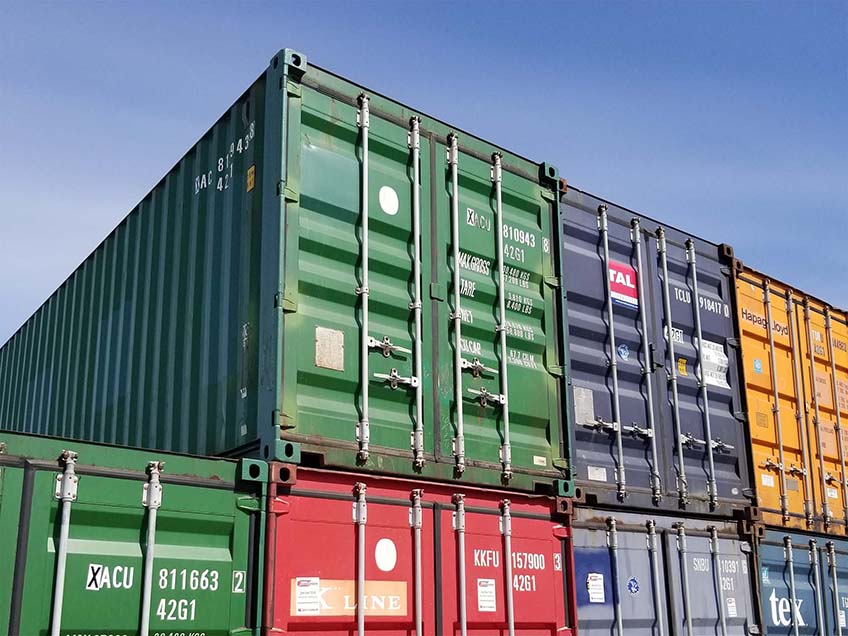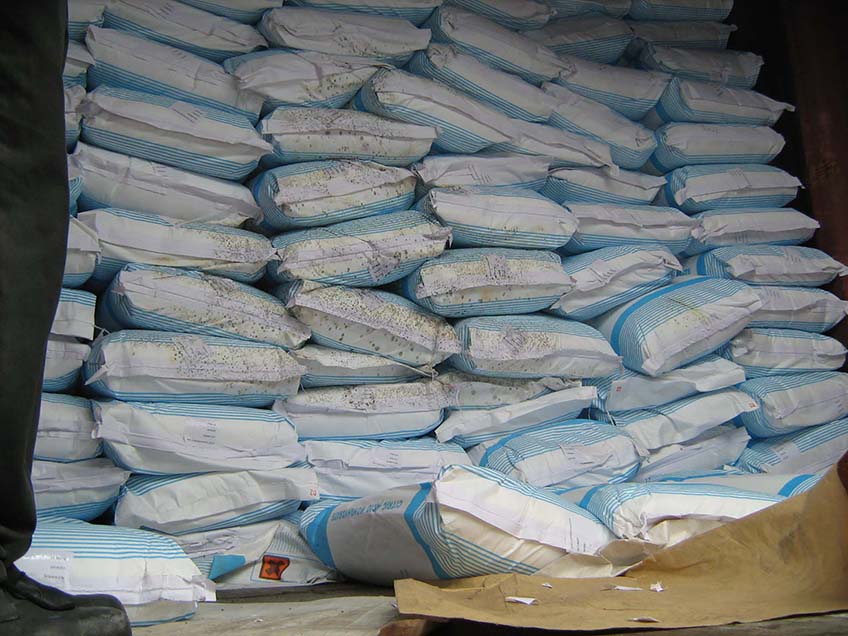
Why calcium chloride?
Calcium chloride is highly effective, and one of the most hygroscopic materials, when it comes to absorbing moisture from the surrounding air.
Calcium chloride is an inorganic compound – a salt with the chemical formula CaCl2. It is white flakes or pellets at room temperature, and is highly soluble in water. Calcium chloride desiccants work well over a temperature range from freezing point up to 80 °C or more. Calcium chloride is the active compound in all Topdry products.
Calcium chloride is often used for de-icing or dust control on gravel roads, in food or as the absorbing agent in desiccants. In much of the world, calcium chloride is derived from limestone as a by-product of the Solvay process. Calcium chloride can also be obtained from brine purification.
Calcium chloride is not hazardous to the environment but classified as H319 according to GHS (causes serious eye irritation).
Calcium chloride is available in different concentrations and is often specified as 74-77% or 94-97% depending on the purity level. The higher the concentration, the better the absorption capacity. Meaning a desiccant with 94-97% CaCl2 has the ability to absorb more moisture than 74-77% CaCl2.
Topdry uses calcium chloride as the absorbing agent in our desiccants due to its high efficiency compared to other types of desiccants, such as silica gel and clay desiccants.
Superior by nature
Calcium chloride (CaCl2) absorbs moisture from the air effectively. It can attract several times its own weight in water, dissolving into liquid brine if the air is humid enough and the temperature is high enough. The liquid brine is mixed with a modified starch and thereby formed as a gel inside its packaging.


Absorption capacity
Calcium chloride desiccant absorbs more moisture when the relative humidity (RH) of the surrounding air is higher. And its absorption increases exponentially as RH rises, which is a remarkable result compared to other desiccants like silica gel and clay.
The sustainable option
Other desiccants may include toxic substances. For example, silica gel with indicators, can include the toxic substance cobalt. Whereas calcium chloride is a natural product with no negative affect on the environment. But the main environmental advantage of using calcium chloride desiccants compared to other types of desiccants is, of course, that these desiccants are much more efficient and thereby the amount and weight of desiccants used for the same protection is much lower. By choosing the most efficient desiccants, huge savings can be made on plastic, transport and the CO2 footprint as a result. And cutting down on CO2 is one of the most important challenges that we have for the future.
Absorption efficiency
A desiccant’s absorption capacity greatly depends on the following factors:
● Moisture available (high temperature and high relative humidity)
The higher – the more absorption
● Duration of the test
The longer – the more absorption
The below diagrams illustrate absorption in different conditions, absorption from Topdry and ‘traditional’ desiccants like clay, silica and calcium chloride 77-94%.
Both diagrams are based on climate chamber tests and should not be used for ‘real condition’ dimensioning.

